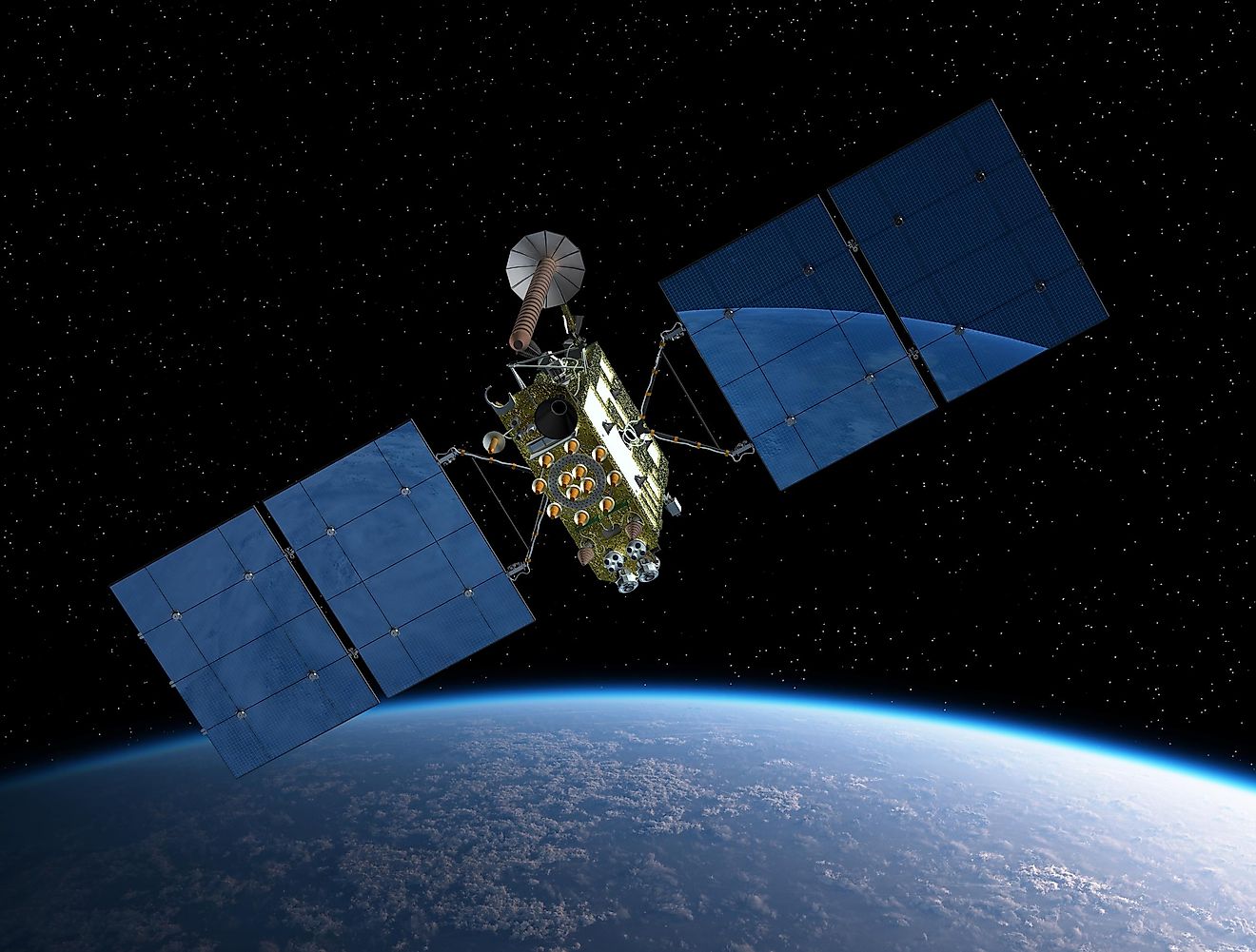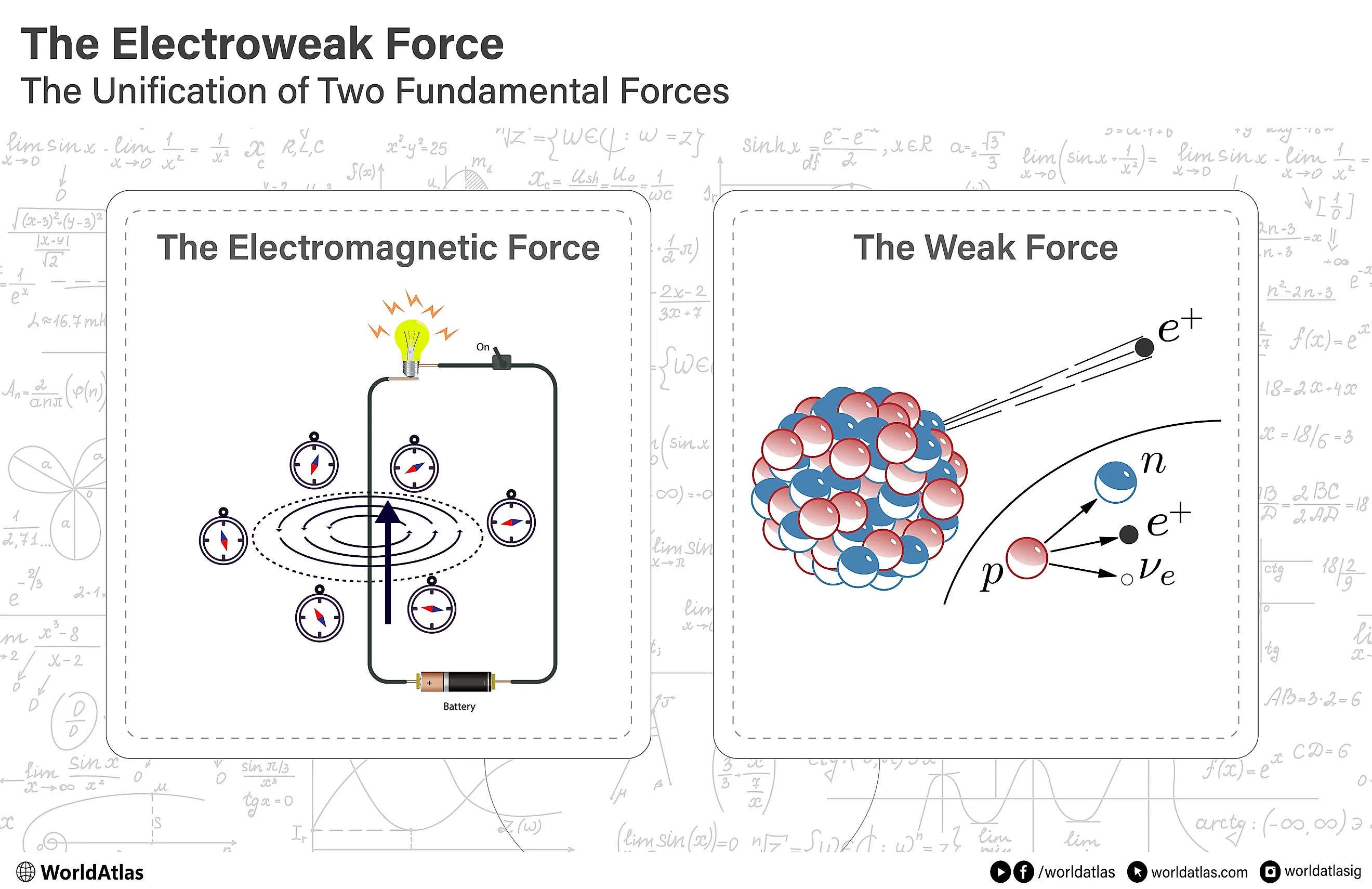
The Two Sides of the Electroweak Force
In the realm of physics, beauty often lies in simplicity and unity. Paul Dirac, a Nobel laureate in physics and heralder of fundamental discoveries, argued for theories that are aesthetic and natural. In a quest to understand the secret workings of our universe, it is natural to expect increasing levels of connectivity between the concepts governing the laws of nature. What is more beautiful than the unification of all the laws of physical theories in a single one?
Imagine finding a single key that unlocks many doors; this is the fascination of unifying different forces under one grand theory. In this article, we explore the realization of such a unification of two fundamental forces: the electromagnetic force, which lights up our cities and powers our appliances, and the weak force, which is essential for the sun to shine and for life to exist. We will see that these two are manifestations of a single entity, the electroweak force, which reduce to the two forces at different energy scales.
The Electromagnetic Force
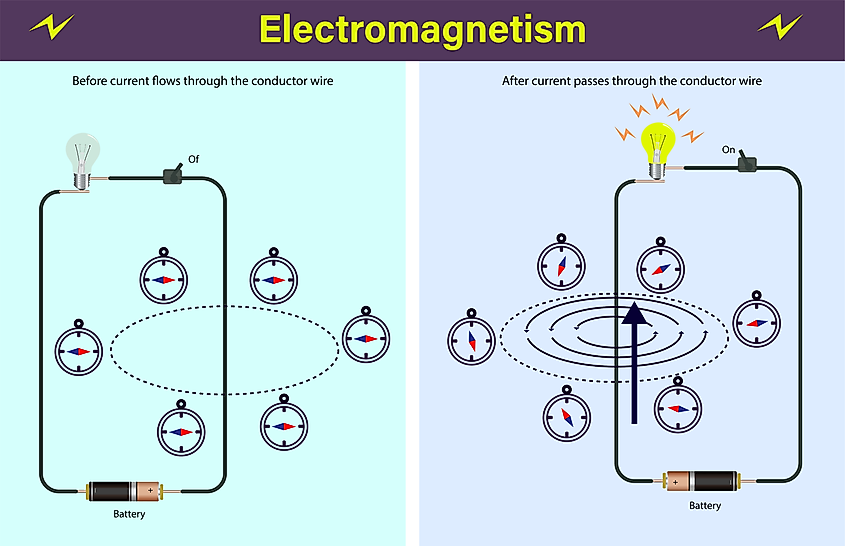
The electromagnetic force governs the behavior of charged objects, light, and their interactions mediated by a massless particle: the photon. Not all particles carry charges, and so the electromagnetic force only governs a sector of the Standard Model which involves electrically charged objects. This behavior should be contrasted with gravity, which influences all particles both massive and massless.
The story of the theoretical description of the electromagnetic force began with Coulomb, who realized that the force between two charged particles follows a similar pattern as gravity. The higher the charge, the stronger the force. The greater the distance between them, the weaker the force. Maxwell went further to posit an electric field, which every charged particle carries around with it, describing how it influences other charged objects at every point in space. The concept of a field is fundamental to modern physics, where every fundamental force has its own field of varying complexity.
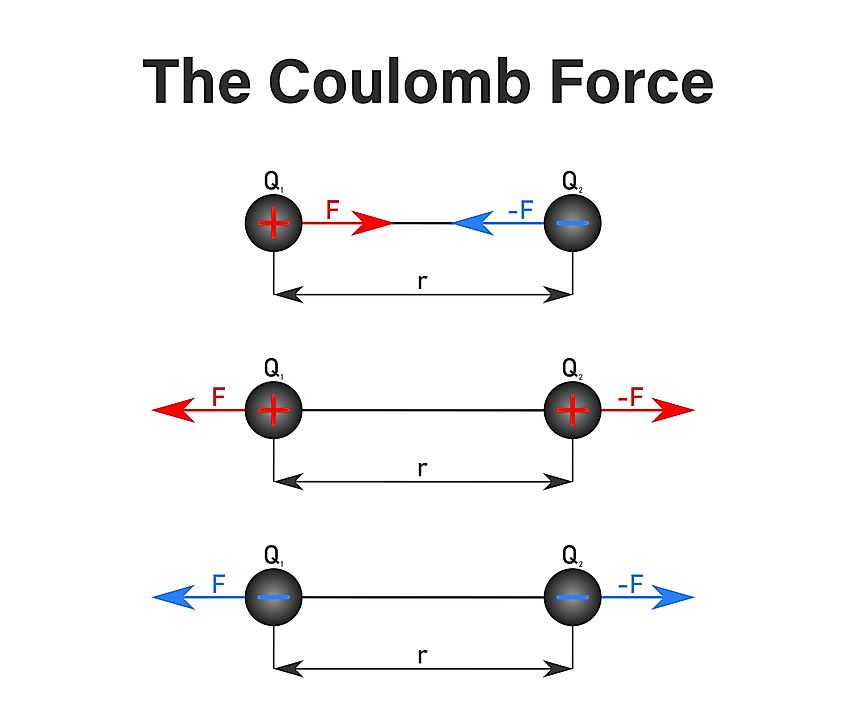
Similarly, magnets or current-carrying wires are accompanied by a magnetic field influencing electrically charged objects. In a series of experimental discoveries, the forces arising from magnetic interactions were eked out where the analogue of the Coulomb force became the repulsion or attraction of two current-carrying wires separated by some distance. This is known as Ampere's law.
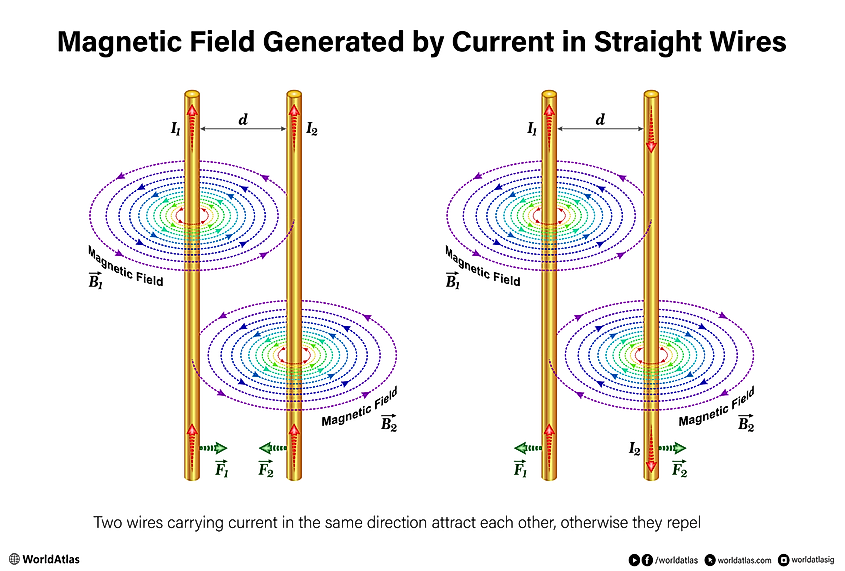
A more fundamental understanding of electromagnetism was produced in the last century, culminating in the 1965 Nobel prize of Tomonaga, Schwinger, and Feynman. The theory proposed was that of quantum electrodynamics, which combines the above forces and modifies them according to the quantum behavior of particles. It was realized the electromagnetic fields carry a massless particle called the photon, which is the quantum of light waves, that mediate the forces between charged objects.
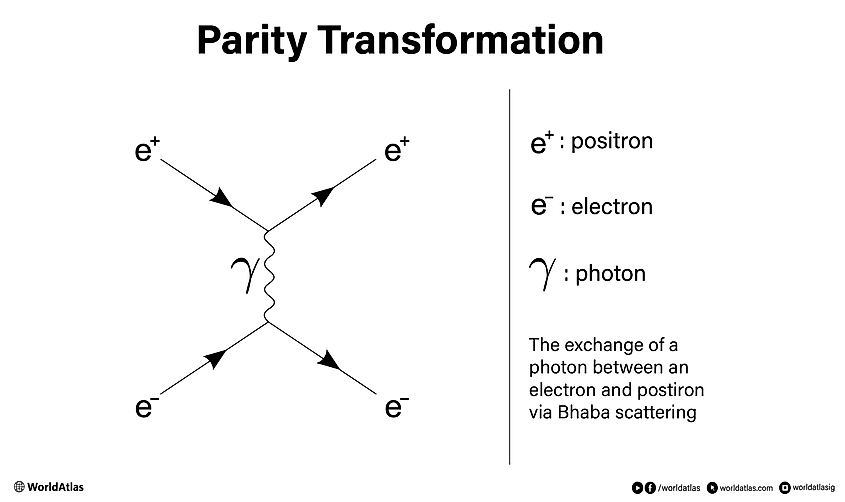
The Weak Force and Radiative Processes
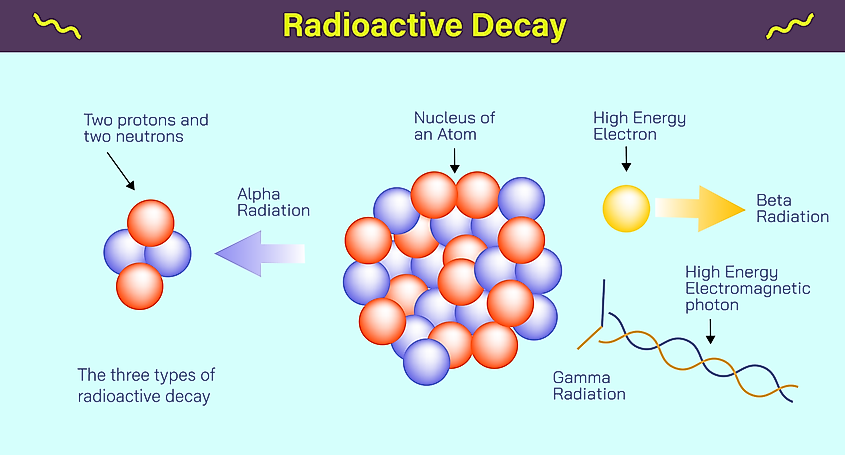
Just as protons and neutrons make up the nucleus of an atom, quarks are fundamental objects that make up protons and neutrons themselves. The weak force is the interaction that changes quarks themselves to turn protons into neutrons and back. As we saw, the electromagnetic force is mediated by the massless photon. The weak force is mediated by two particles: the W and Z bosons. The difference between the photon and these particles is that the latter are massive which means that the force they mediate is short-ranged since they are heavy and so take more time to travel between quarks.
The first hints of the weak force were provided by the process of beta decay, which is a type of radioactive decay. This is the process that takes a proton to a neutron at the cost of generating the antiparticle of the electron, the positron, and an electron neutrino, which accompanies the positron to conserve the number of "lepton" number. Leptons are particles that do not participate in the strong force that glues protons and neutrons to form the dense nucleus of an atom.
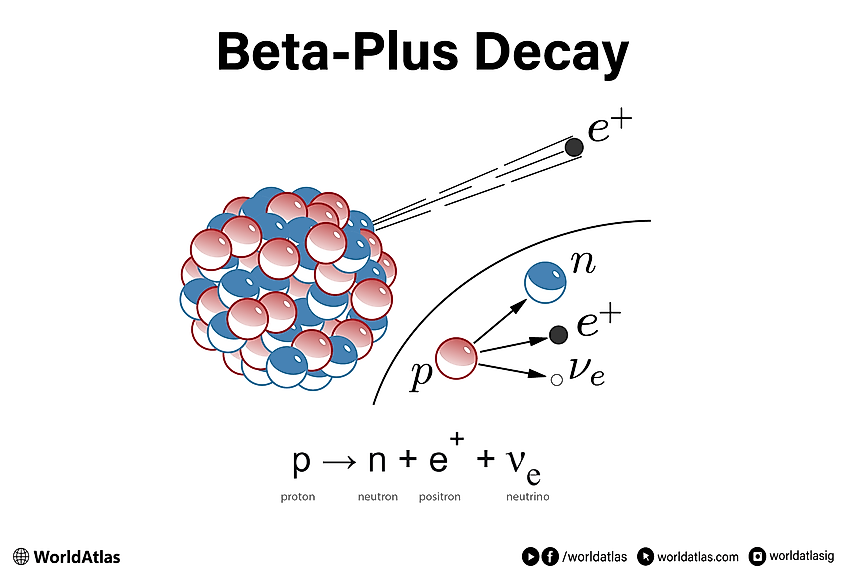
One of the surprising features of the weak force is that it breaks the symmetry of parity. Parity is a transformation one can imagine engineering that flips the positions and velocities of the particles involved. The parity reversed process is simply the mirrored version of the original. The weak force violates parity and so the mirrored process of a decay is not the same as the original decay!
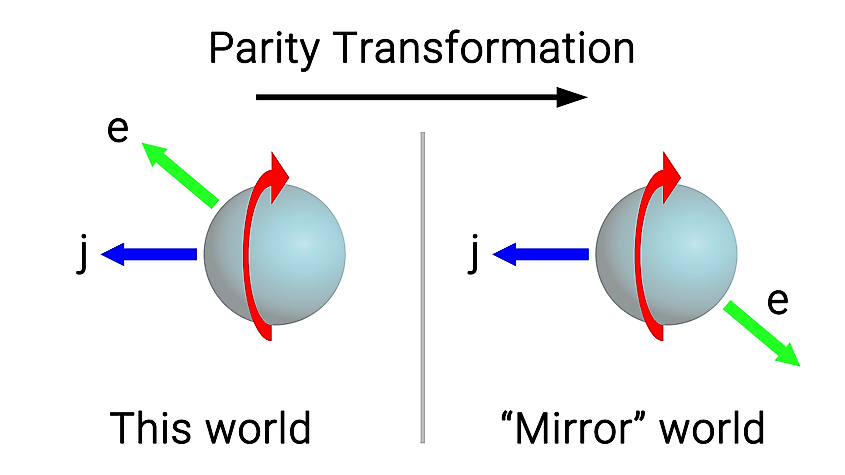
The Electroweak Force and the Higgs Boson
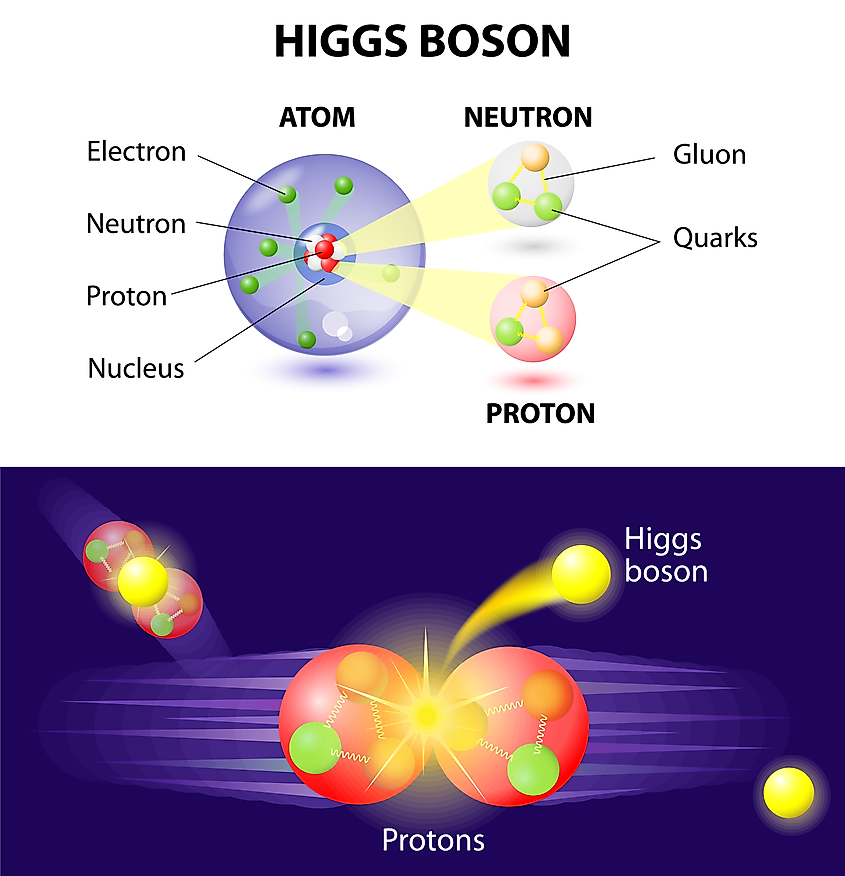
The weak force and electromagnetism seem very different. Photons travel at the speed of light, while the W and Z bosons travel at speeds much less than that. Moreover, the weak force is about 10 million times weaker than the electromagnetic force; indeed, this is why it has earned its name. However, in an effort to give a mathematical description of the weak force, physicists Glashow, Salam, and Weinberg realized that one is forced to include the electromagnetic force. The theory obtained requires four mediator particles, two massless and two massive.
This led to a puzzle: how is mass generated for only a subset of the mediator particles? One way of generating mass is by breaking the symmetries of the underlying theory. In the process of breaking a symmetry, one has to add particles to the spectrum of the theory. The particle that gives mass to the W and Z bosons but not the photon is the Higgs boson.
It was then realized that if one goes to high enough energies, the symmetry governing the electroweak force is restored, and the electromagnetic force and the weak force are unified into one. Going below this energy scale, the symmetry-breaking pattern gives mass to the weak force particles but not the photon thus generating the difference between the two.
This aesthetic and natural theory combining two forces has been experimentally verified by the discovery of the Higgs boson in 2012. This compelling discovery has led physicists to believe that the three interactions governing the Standard Model can be unified into a single one, where the electroweak force is unified with the strong one at an even higher energy scale that our present technology cannot access yet. A similar symmetry breaking pattern would give rise to the difference of these forces at lower energy. Indeed, some scientists believe that there could be an additional force that goes beyond the Standard Model. Other theories such as string theory naturally give rise to the fundamental interactions and gravity. For now, we can only theorize about these ideas that can only be falsified in future colliders.






